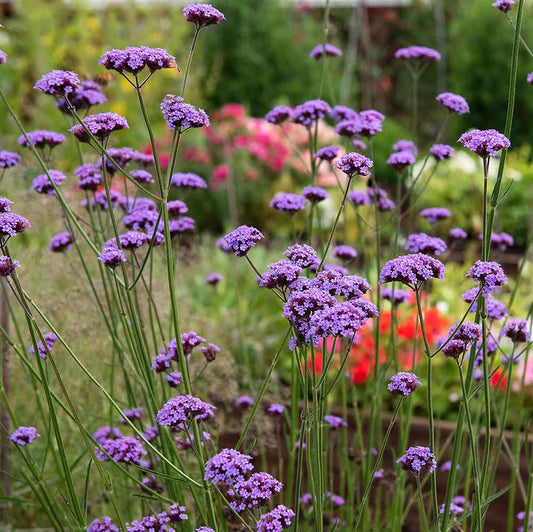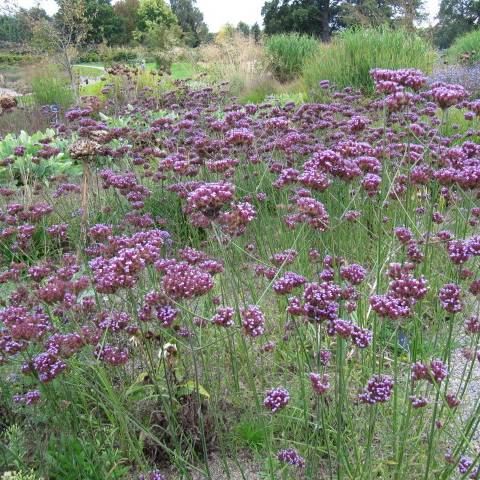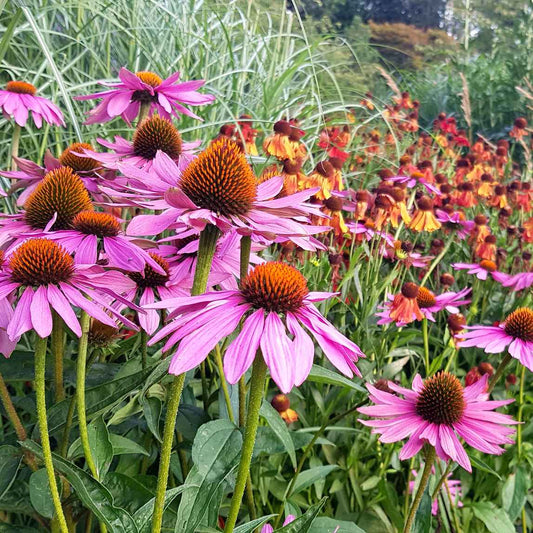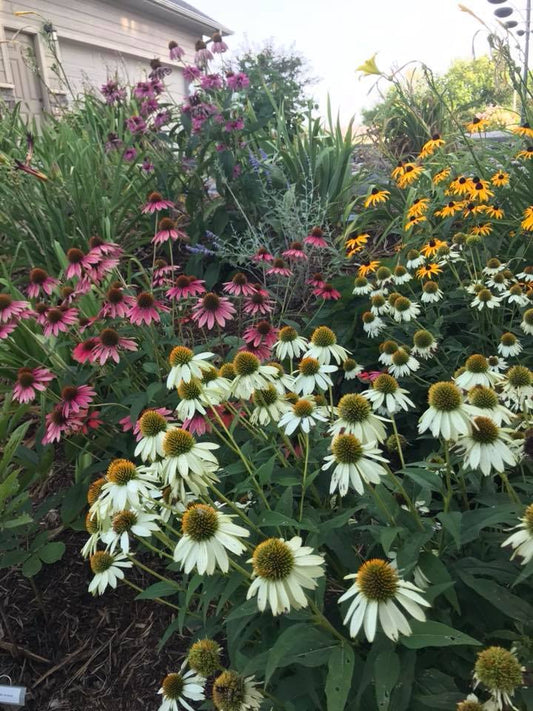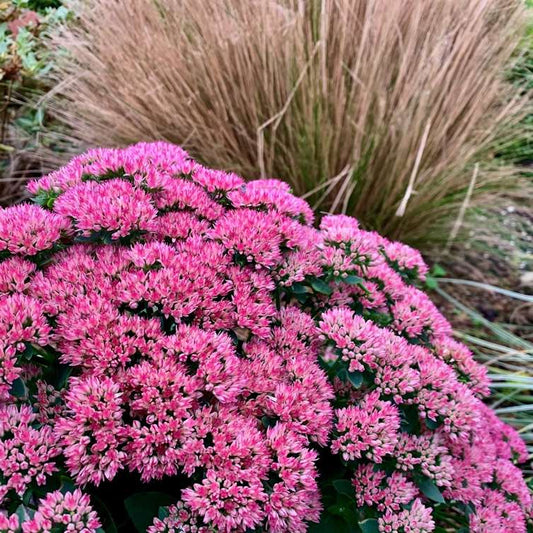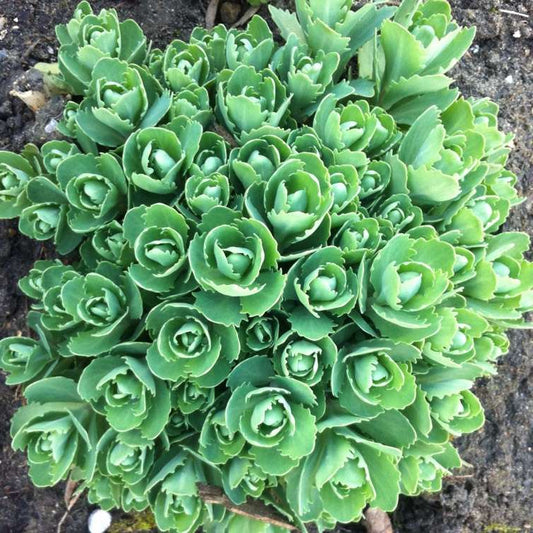Collection: Drought tolerant plants
Plants that Thrive in Dry Conditions
In today's changing climate, we are increasingly faced with the challenge of prolonged periods of drought. However, by incorporating drought tolerant plants into your garden you can create a beautiful and resilient garden that not only conserves water but also thrives in dry conditions. These hardy plants have evolved strategies to survive and even flourish in arid environments, making them an excellent choice for regions prone to water scarcity.
-
Verbena bonariensis
5.0 / 5.0
(2) 2 total reviews
Regular price From £4.50 GBPRegular priceUnit price / per -
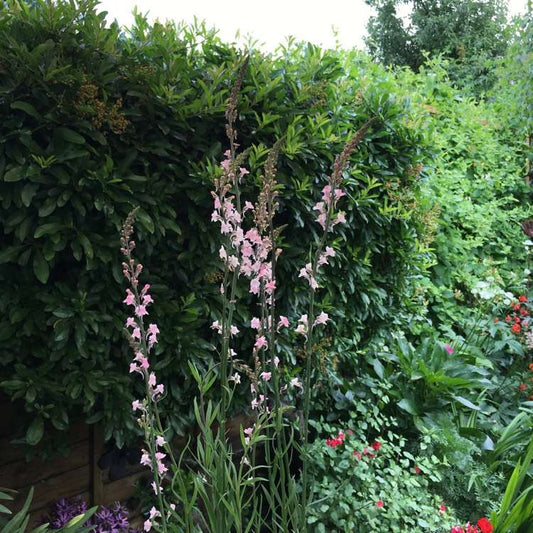
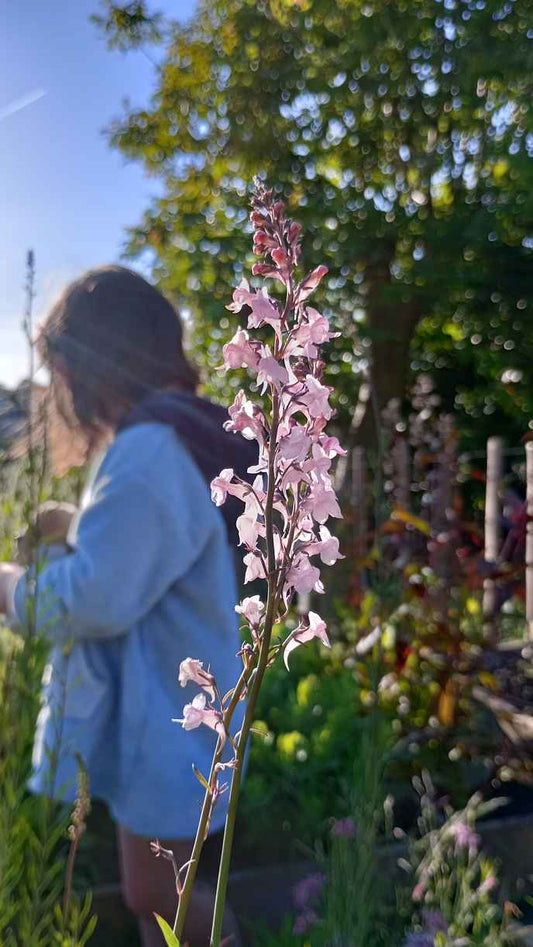 Sold out / In Propagation
Sold out / In PropagationLinaria purpurea 'Canon Went'
5.0 / 5.0
(1) 1 total reviews
Regular price From £4.50 GBPRegular priceUnit price / per -
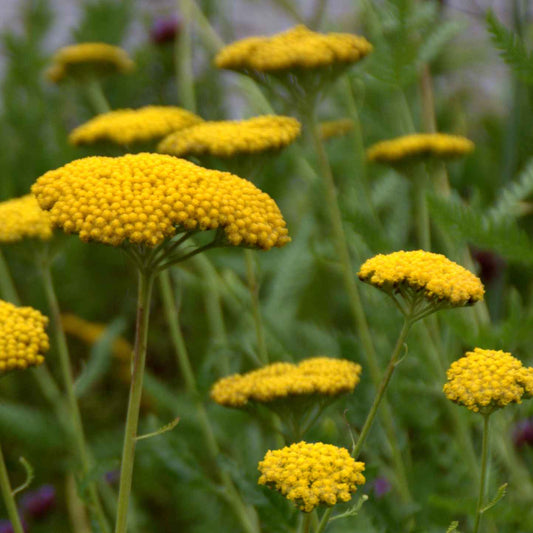
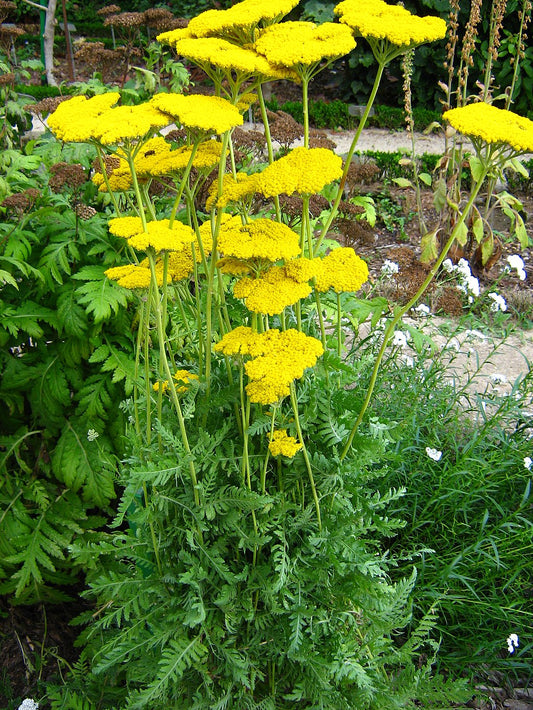 Sold out / In Propagation
Sold out / In PropagationAchillea Filipendulina 'Parker's Variety'
5.0 / 5.0
(1) 1 total reviews
Regular price From £4.50 GBPRegular priceUnit price / per -
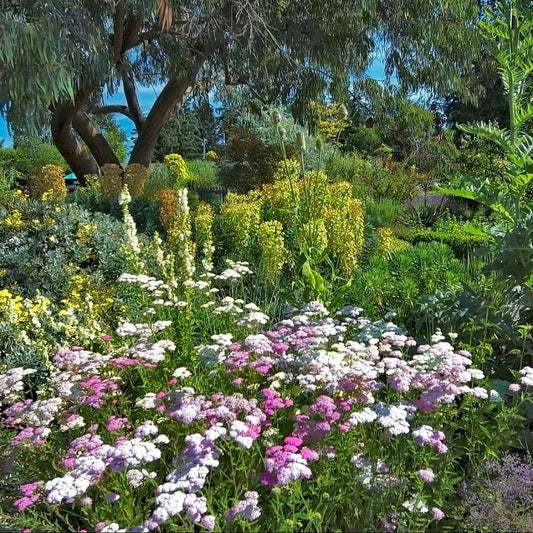 Sold out / In Propagation
Sold out / In PropagationAchillea millefolium 'Summer Pastels' - Achillea 'Summer Pastels'
5.0 / 5.0
(2) 2 total reviews
Regular price From £4.50 GBPRegular priceUnit price / per -
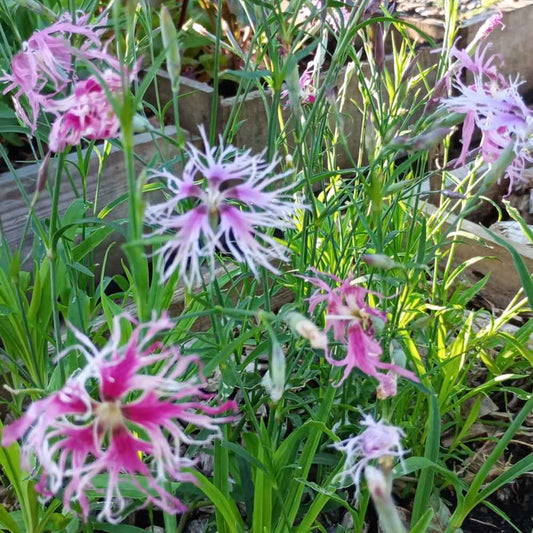
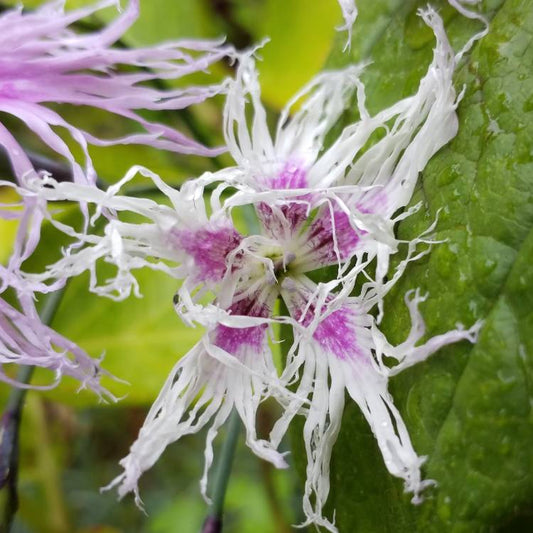 Sold out / In Propagation
Sold out / In PropagationDianthus 'Rainbow Loveliness'
Regular price From £4.50 GBPRegular priceUnit price / per£0.00 GBPSale price From £4.50 GBPSold out / In Propagation -
Echinacea Purpurea - Coneflower
Regular price From £4.50 GBPRegular priceUnit price / per -
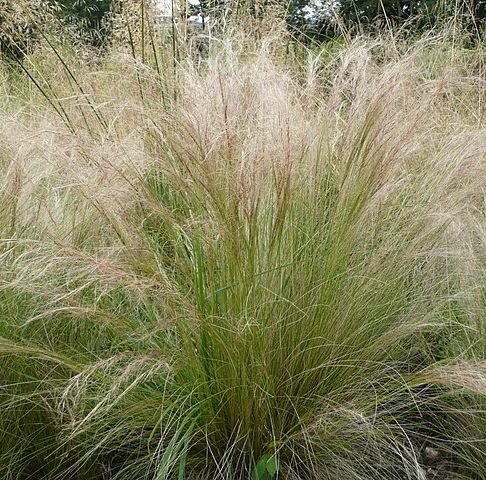
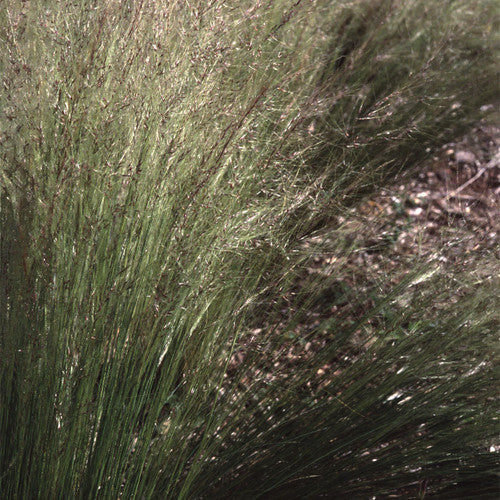 Sold out / In Propagation
Sold out / In PropagationStipa tenuissima
5.0 / 5.0
(1) 1 total reviews
Regular price From £5.00 GBPRegular priceUnit price / per -
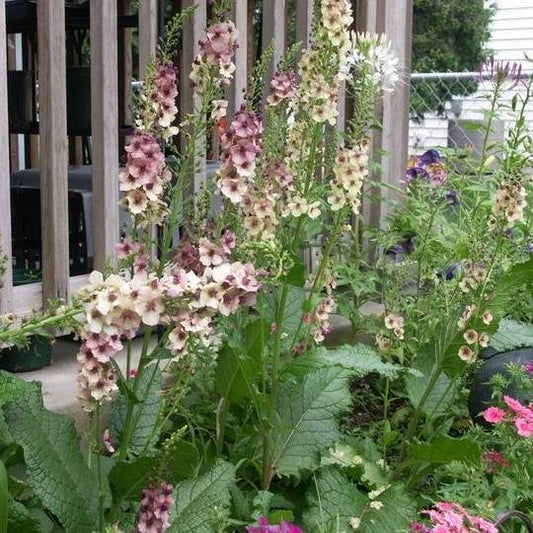
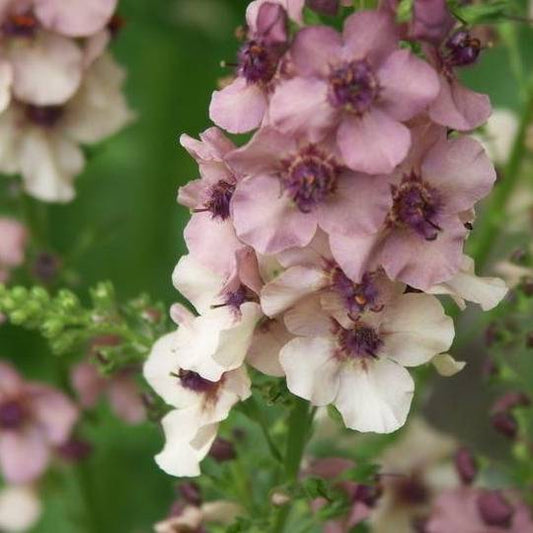 Sold out / In Propagation
Sold out / In PropagationVerbascum 'Southern Charm'
5.0 / 5.0
(1) 1 total reviews
Regular price From £5.00 GBPRegular priceUnit price / per -
Sedum Autumn Joy (Herbstfreude)
Regular price From £5.00 GBPRegular priceUnit price / per -
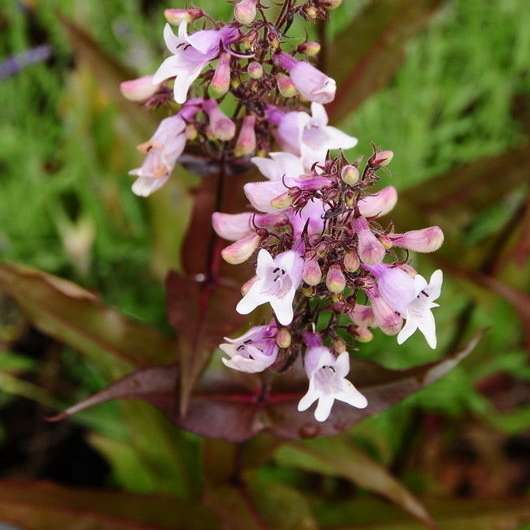
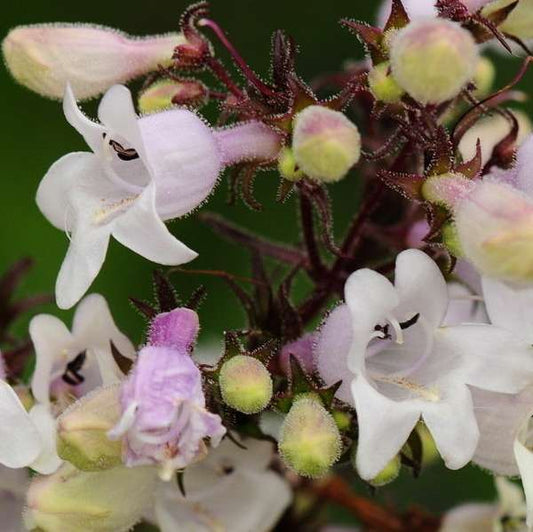 Sold out / In Propagation
Sold out / In PropagationPenstemon digitalis 'Mystica'
5.0 / 5.0
(1) 1 total reviews
Regular price From £4.50 GBPRegular priceUnit price / per -
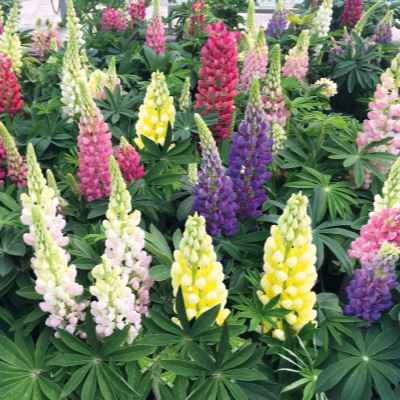
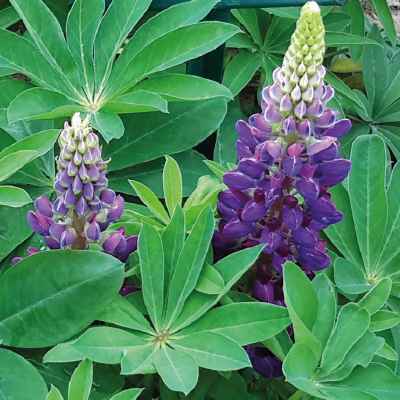 Sold out / In Propagation
Sold out / In PropagationLupinus polyphyllus 'Lupini'
Regular price From £4.00 GBPRegular priceUnit price / per -
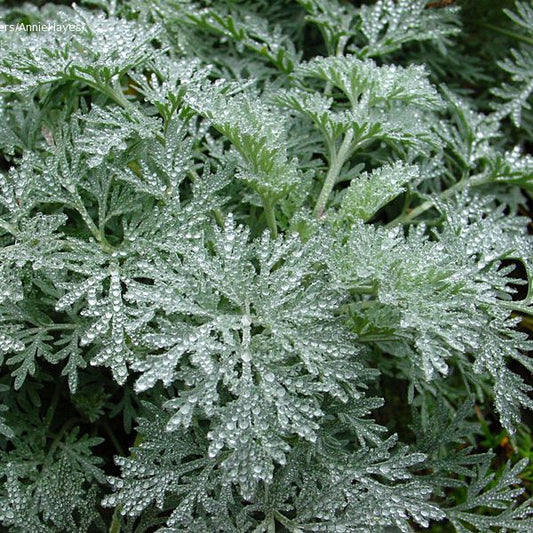
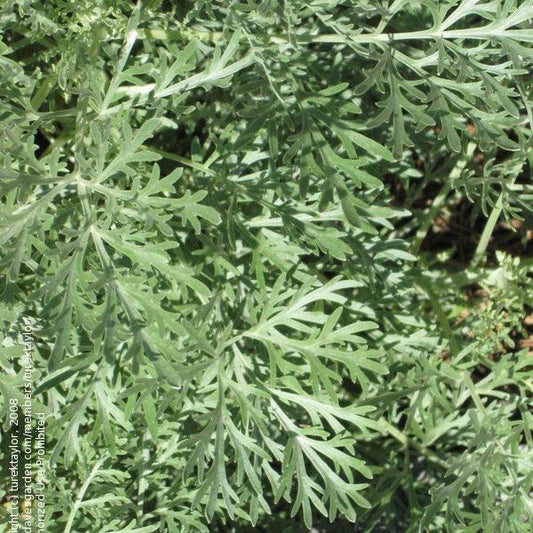 Sold out / In Propagation
Sold out / In PropagationArtemisia Absinthium - Wormwood
Regular price From £4.50 GBPRegular priceUnit price / per -
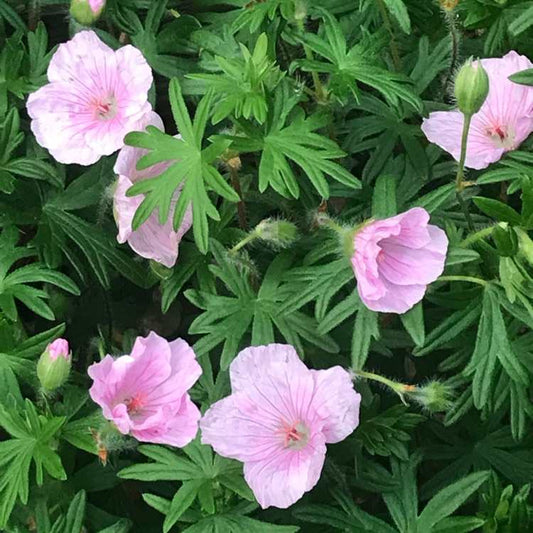
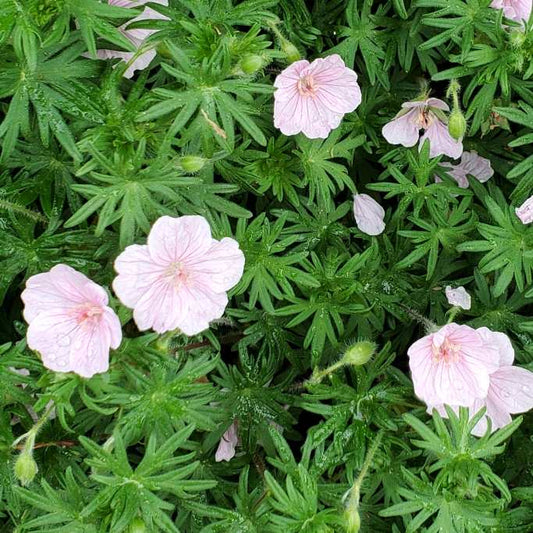 Sold out / In Propagation
Sold out / In PropagationHardy Geranium sanguineum Striatum
Regular price From £5.00 GBPRegular priceUnit price / per -
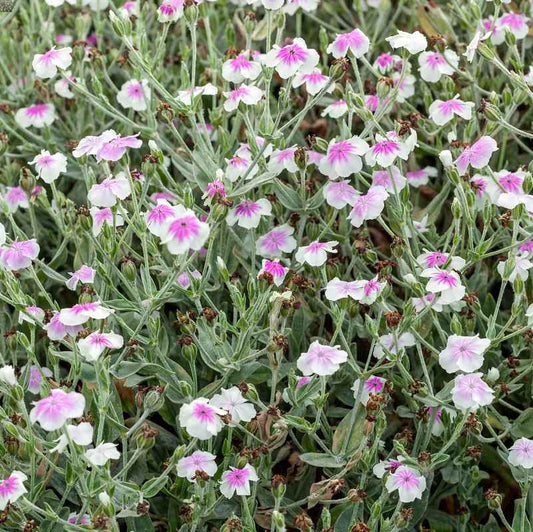
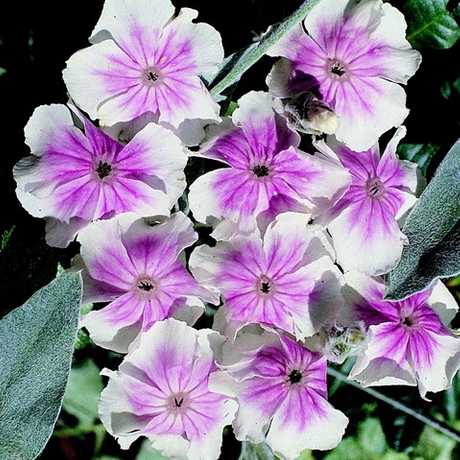 Sold out / In Propagation
Sold out / In PropagationLychnis coronaria 'Oculata'
5.0 / 5.0
(1) 1 total reviews
Regular price From £4.50 GBPRegular priceUnit price / per -
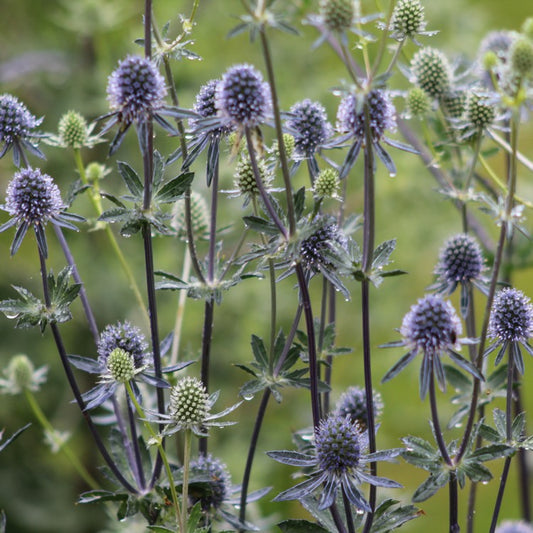
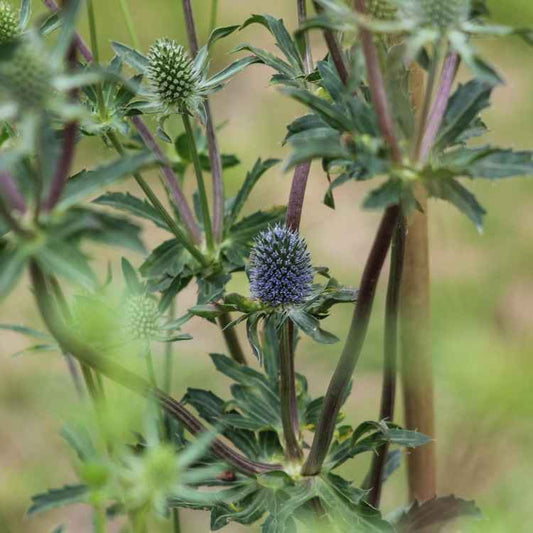 Sold out / In Propagation
Sold out / In PropagationEryngium planum
Regular price From £4.50 GBPRegular priceUnit price / per -
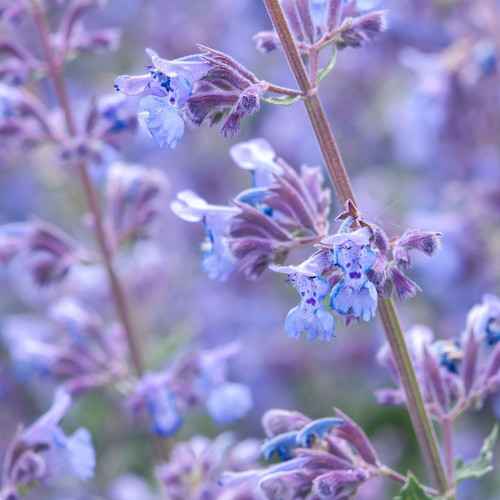 Sold out / In Propagation
Sold out / In PropagationNepeta mussinii - Catmint
5.0 / 5.0
(2) 2 total reviews
Regular price From £4.50 GBPRegular priceUnit price / per -
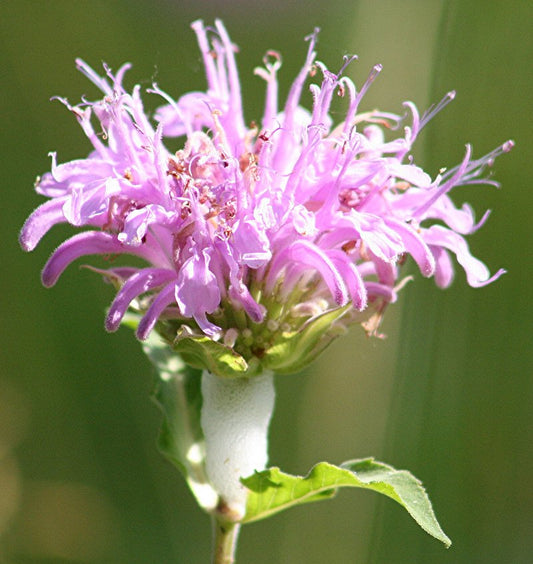
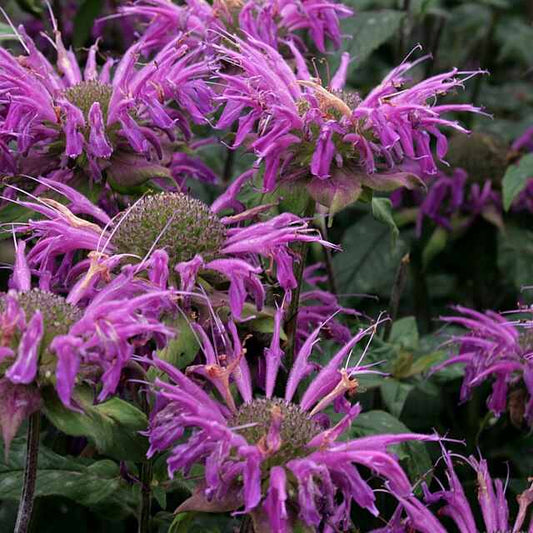 Sold out / In Propagation
Sold out / In PropagationMonarda didyma - Bergamot
Regular price From £4.50 GBPRegular priceUnit price / per -
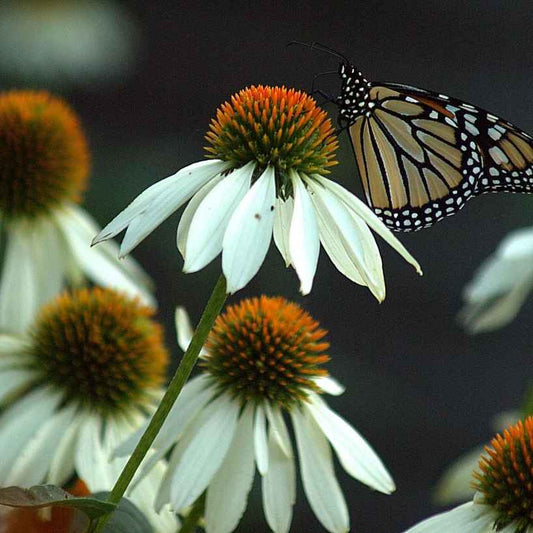
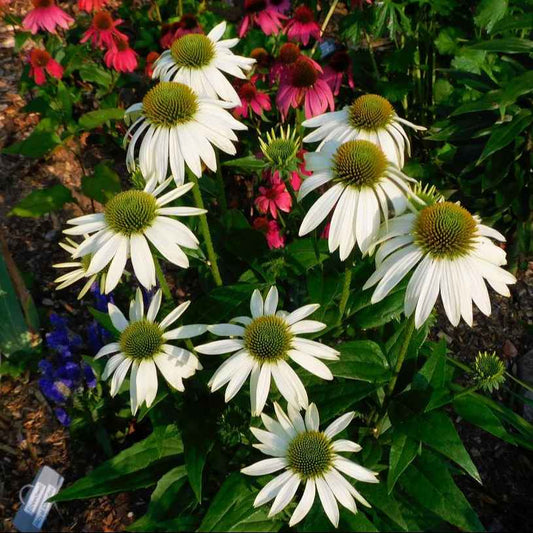 Sold out / In Propagation
Sold out / In PropagationEchinacea Purpurea 'White Swan'
Regular price From £4.50 GBPRegular priceUnit price / per -
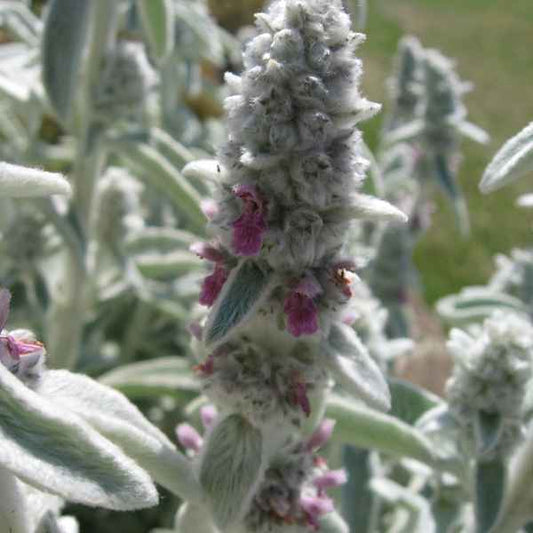
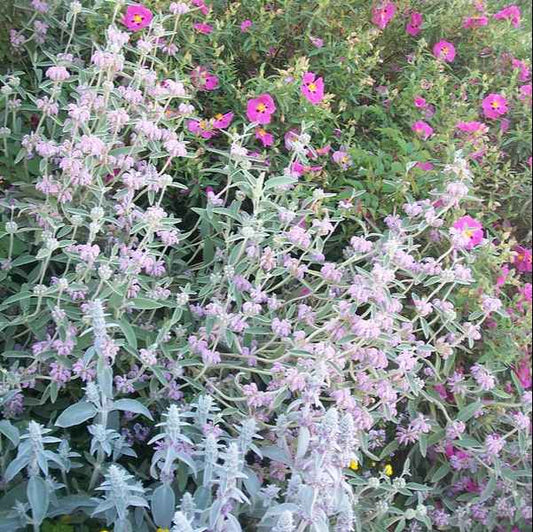 Sold out / In Propagation
Sold out / In PropagationStachys Lanata
Regular price From £3.50 GBPRegular priceUnit price / per -

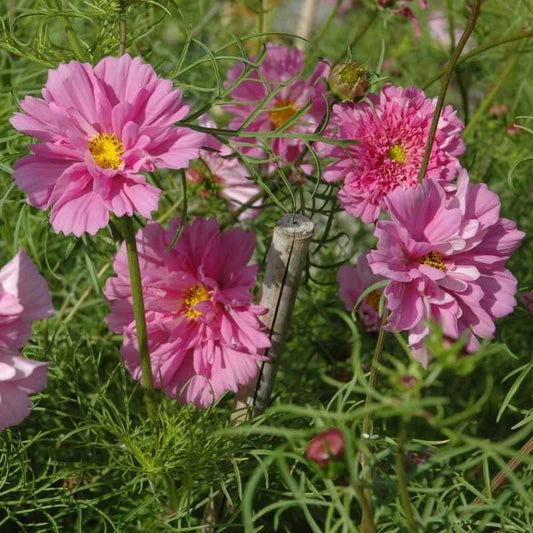 Sold out / In Propagation
Sold out / In PropagationVintage Romantic Pastels Cosmos Collection
Regular price £8.00 GBPRegular priceUnit price / per
Collapsible content
Drought Tolerant Perennials
Perennials are a fantastic option for drought tolerant gardening, as they typically have deep, extensive root systems that allow them to access moisture reserves deep in the soil. Many drought tolerant perennials are native to regions with dry climates, making them well-adapted to hot, sunny conditions and minimal rainfall. Examples of drought tolerant perennials include:
Lavender (Lavandula)
Catmint (Nepeta)
Coneflower (Echinacea)
Sneezeweed (Helenium)
Yarrow (Achillea)
Drought-Resistant Plants for Full Sun
Full sun exposure can be a challenge for many plants, especially when combined with drought conditions. However, there are several drought-resistant plants that not only tolerate but thrive in these harsh environments. Some excellent choices for full sun, drought-resistant plants include:
Sedum (stonecrop)
Lantana
Rosemary (Rosmarinus officinalis)
Drought-Tolerant Shrubs
Shrubs can play a vital role in drought tolerant landscapes, providing structure, privacy, and year-round interest. Many drought-tolerant shrubs are well-suited for hot, dry climates and can tolerate prolonged periods without water once established. Consider incorporating the following drought-tolerant shrubs into your garden:
Texas Sage (Leucophyllum frutescens)
Saltbush (Atriplex)
Butterfly Bush (Buddleja davidii)
Smoke Bush (Cotinus)
Russian Olive (Elaeagnus angustifolia)
Drought-Resistant Plants for Dry Conditions
When selecting drought-resistant plants for dry conditions, it's important to consider their water needs, drought hardiness, and ability to tolerate drought stress. Here are some excellent choices for drought-resistant plants that can thrive in dry areas:
Succulents (Echeveria, Sedum, Aeonium)
Cactus (Opuntia, Echinocactus)
Artemisia (Sage)
Euphorbia (Spurge)
Hesperaloe (Red Yucca)
Drought-Tolerant Plants for Dry Areas
While many plants struggle in dry areas, there are several drought-tolerant plants that have evolved strategies to survive and even thrive in these conditions. These plants often have deep root systems, waxy or hairy leaf surfaces, and the ability to store water in their tissues. Some excellent choices for drought-tolerant plants in dry areas include:
Agave (Century Plant)
Yucca (Spanish Dagger)
Penstemon (Beardtongue)
Salvia (Sage)
Artemisia (Wormwood)
In the following sections, we will delve deeper into the world of drought tolerant plants, exploring their unique adaptations, cultivation requirements, and how to incorporate them into your garden for a beautiful, water-wise landscape.
Understanding Drought Tolerant Plants
As climate change continues to impact global weather patterns, prolonged periods of drought are becoming increasingly common in many regions. In response, gardeners and landscapers are turning to drought tolerant plants as a sustainable solution for creating beautiful and resilient outdoor spaces that can withstand dry conditions.
Drought tolerant plants are those that have evolved strategies to survive and even thrive in environments with limited water resources. These plants possess a range of adaptations that allow them to conserve water, such as deep root systems, waxy or hairy leaf surfaces, and the ability to store water in their tissues. By understanding the unique characteristics of drought tolerant plants, gardeners can make informed choices and create landscapes that not only conserve water but also provide year-round interest and beauty.
One of the primary adaptations of drought tolerant plants is their ability to develop extensive root systems that can access moisture deep in the soil. Plants like agave, yucca, and cacti have roots that can penetrate several feet into the ground, allowing them to tap into underground water reserves. Additionally, many drought tolerant plants have small, narrow leaves or succulent foliage that helps reduce water loss through transpiration.
Another critical adaptation of drought tolerant plants is their ability to tolerate drought stress. These plants can adjust their metabolic processes and enter a state of dormancy during periods of extreme drought, conserving energy and resources until conditions become more favourable. This ability to "shut down" and then revive when water becomes available is a key survival strategy for many drought tolerant species.
In addition to their physiological adaptations, drought tolerant plants often have unique physical characteristics that aid in water conservation. For example, some plants have a waxy cuticle on their leaves that helps prevent water loss, while others have hairy or fuzzy leaves that create a boundary layer of humid air around the plant, reducing evaporation.
When incorporating drought tolerant plants into your landscape, it's important to consider their specific growing requirements and cultural needs. Many of these plants prefer well-drained soils and full sun exposure, as they are adapted to hot, arid environments. Additionally, some drought tolerant plants may require specialised pruning or maintenance techniques to encourage optimal growth and drought hardiness.
By understanding the unique adaptations and characteristics of drought tolerant plants, gardeners can create beautiful, water-wise landscapes that not only conserve precious water resources but also provide a vibrant and resilient outdoor space that can withstand even the most extreme drought conditions.
Designing with Drought Tolerant Plants
Designing a beautiful and functional landscape with drought tolerant plants requires careful planning and consideration of various factors, including plant selection, soil preparation, and water management strategies.
Plant Selection
When choosing drought tolerant plants for your garden, it's important to consider the specific growing conditions of your region, such as soil type, sunlight exposure, and climate. Select plants that are well-suited to your local environment and have proven drought hardiness. Native plants are often an excellent choice, as they are naturally adapted to the local conditions and typically require less water and maintenance.
Soil Preparation
Proper soil preparation is crucial for the success of drought tolerant plants. Many of these plants prefer well-drained soils with good aeration, as they are prone to root rot in heavy, waterlogged soils. Amending the soil with organic matter, such as compost or aged manure, can improve drainage and provide essential nutrients.
Water Management Strategies
Efficient water management is key when designing with drought tolerant plants. Consider incorporating techniques such as rainwater harvesting, drip irrigation systems, and mulching to maximise water conservation and minimise waste.
Rainwater harvesting involves collecting and storing rainwater from roofs or other surfaces, which can then be used for irrigation during dry periods. Drip irrigation systems deliver water directly to the root zone of plants, reducing water loss through evaporation and ensuring efficient water delivery.
Mulching is another effective water management strategy for drought tolerant plants. A layer of organic mulch, such as wood chips or bark, helps to retain soil moisture, suppress weeds, and regulate soil temperatures, creating an ideal environment for plant growth.
Grouping Plants by Water Needs
When designing your drought tolerant landscape, group plants with similar water needs together. This practice, known as hydrozoning, helps to optimise water usage and prevent overwatering or underwatering of certain areas. Place the most drought tolerant plants in the driest areas of your landscape, and reserve higher water-use plants for areas where supplemental irrigation is more readily available.
Incorporating Hardscape Elements
Hardscape elements, such as rocks, gravel, and dry riverbeds, can be used to create visually appealing and water-wise landscapes. These elements not only complement the drought tolerant plants but also provide opportunities for creative design while minimising the need for extensive planting areas.
By carefully considering plant selection, soil preparation, water management strategies, and design principles, you can create a stunning and sustainable drought tolerant landscape that not only conserves water but also provides year-round interest and beauty.

